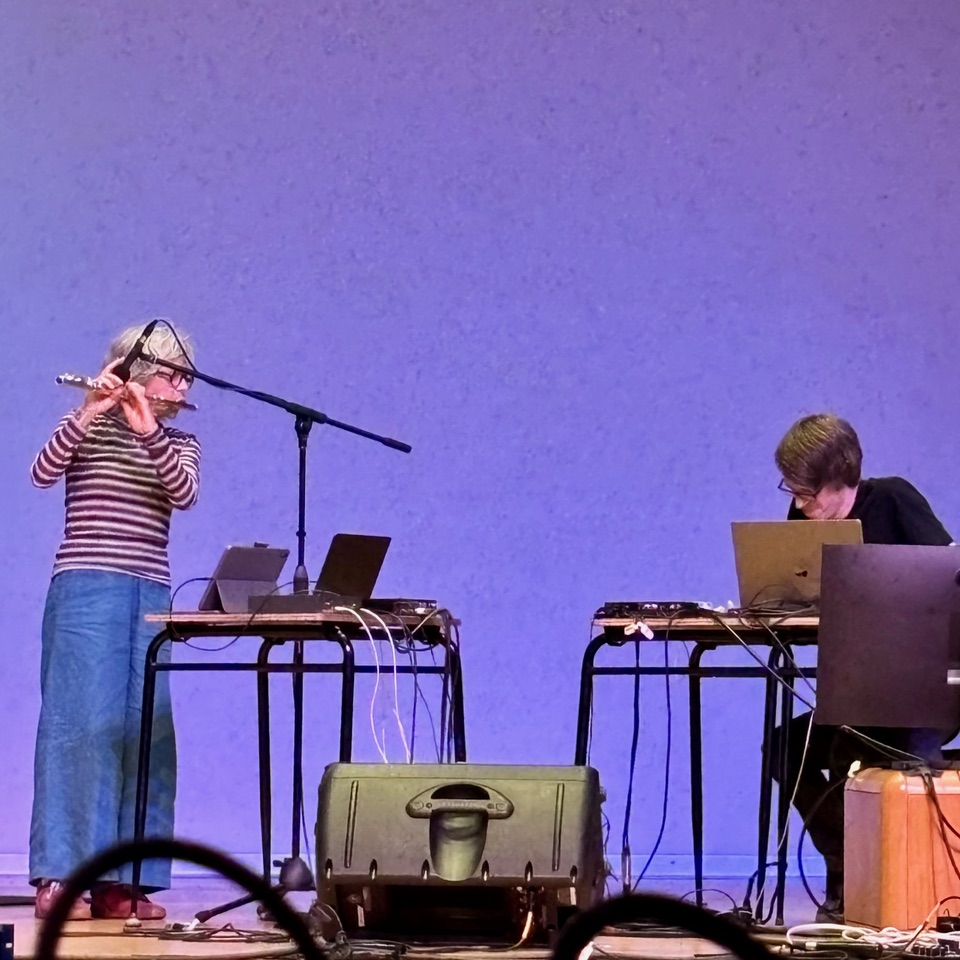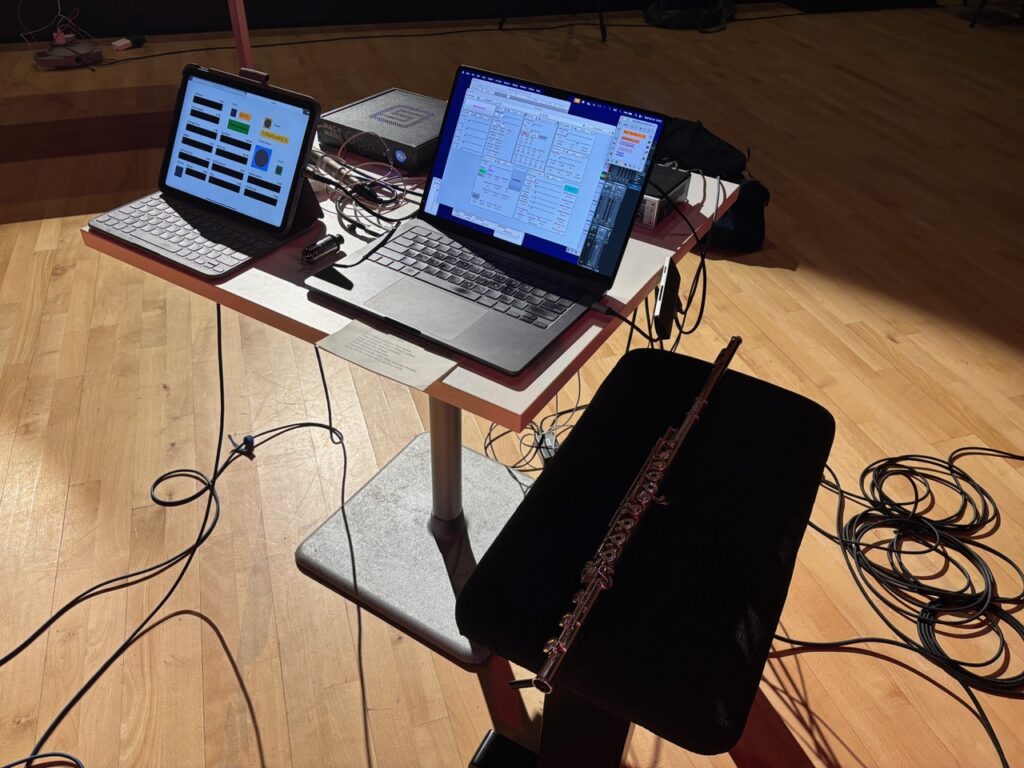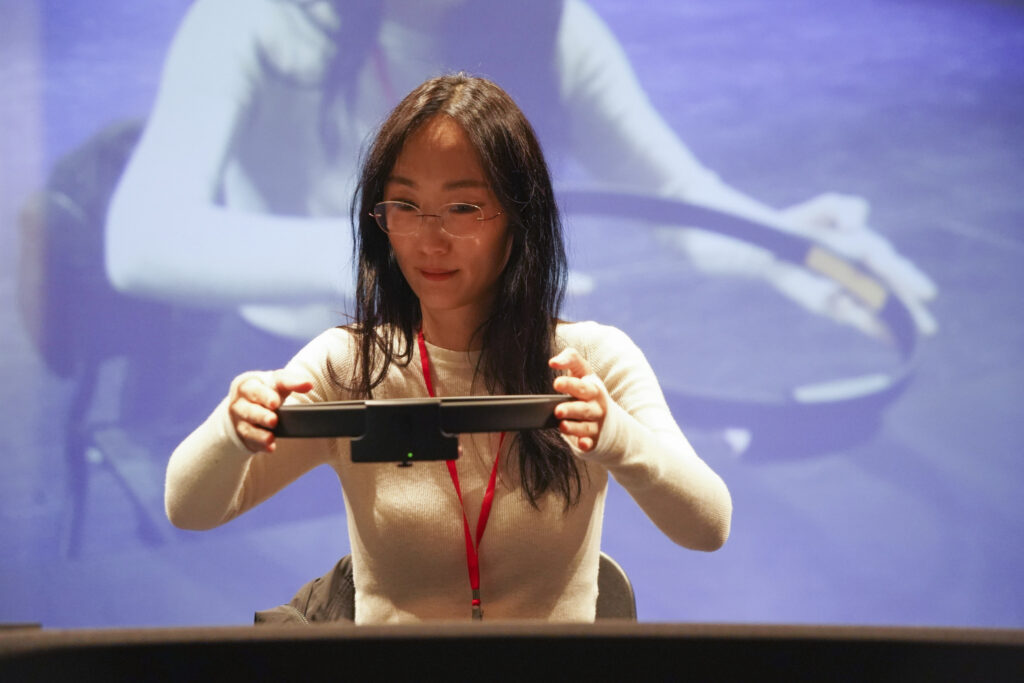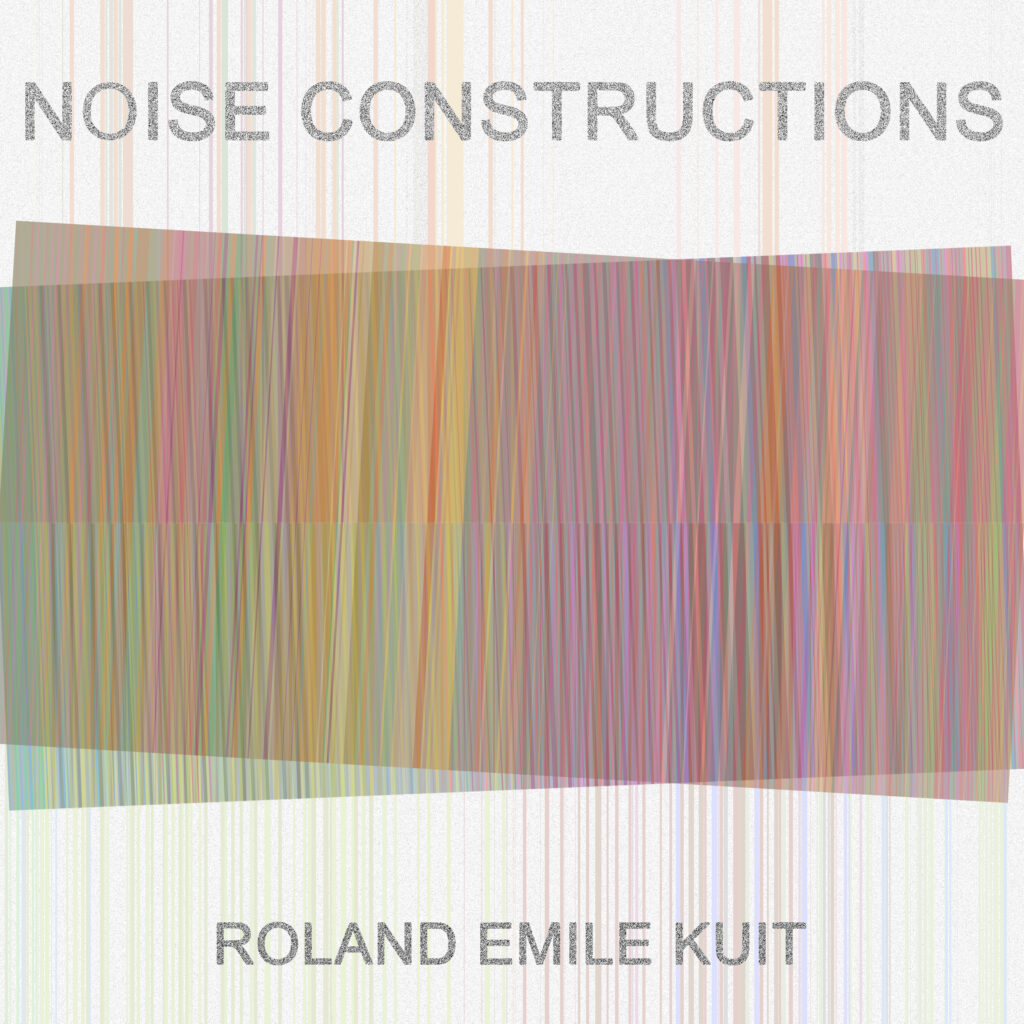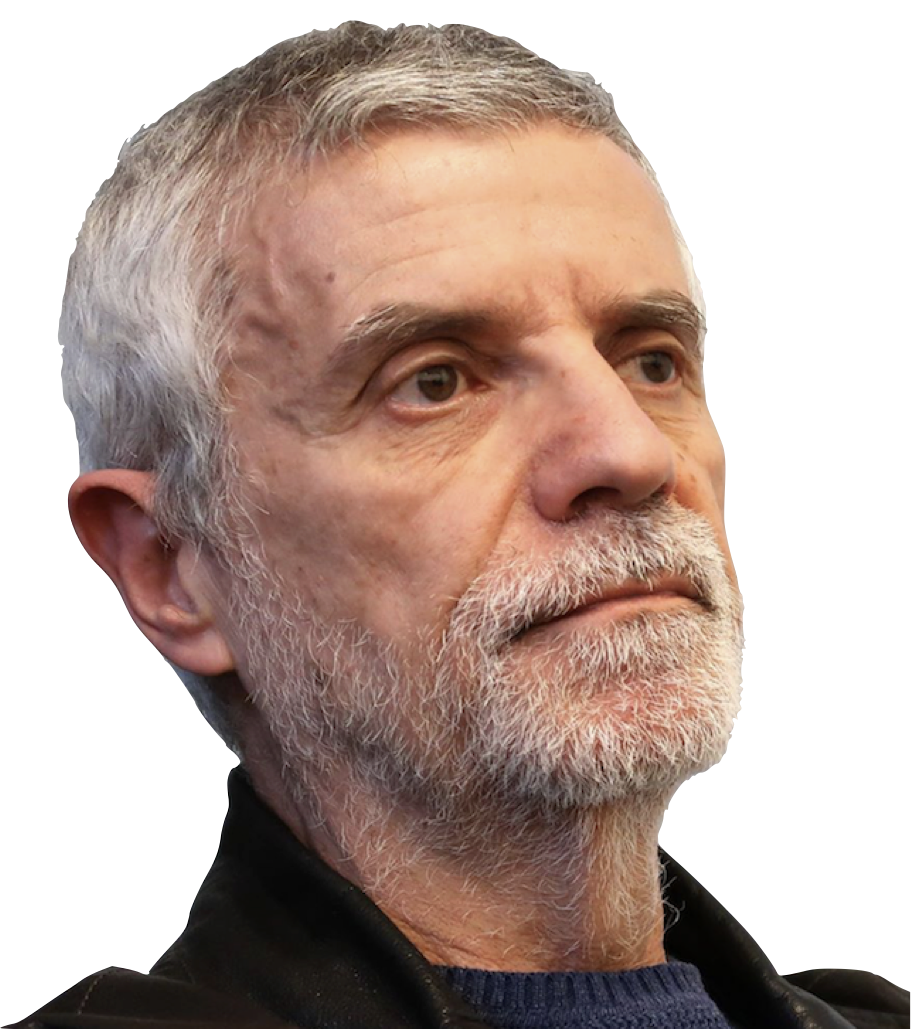Sound designer Javier Umpierrez has two sound-intensive films coming out this month and next.
Olallo Rubio’s Tormento stars Natalia Solián as an exhausted security guard with some guilty secrets on her first day on the job covering the graveyard shift at the morgue — what could go wrong?
Umpierrez’ sound design for the Tormento trailer is terrifying! He builds and builds and builds to a climax when it suddenly goes silent! Followed by a strangely disembodied closeup of Solián’s scream. Opens on 13 November 2025 only in cinemas.
Javier writes:
Tormento doesn’t have a lot of dialogue, so I had a lot of space to have fun with sound design. There are a lot of dissonant and tonal sounds, practically a score, and all the sounds were generated with Kyma. So fun to work with Kyma like this, a lot of density and grit , the director is beyond happy with the results.
In his trailer for Depeche Mode M, Umpierriez captures the insane excitement of a live DM show, the sounds of the massive crowd, and the music. Reach out, touch me! Dance is the cure.
Directed by Fernando Frías, the film captures Depeche Mode’s 2023 Memento Mori tour and the three sold-out shows in Mexico City attended by over 200,000 fans. DEPECHE MODE: M delves into the profound connections between music, pain, memory, joy, and dance.
Limited screenings begin on 28 October 2025 in cinemas and IMAX.



